Columbarium vs. Mausoleum: Key Differences & Benefits
History of the Columbarium
The Columbarium has a rich historical background dating back to ancient Rome. The term “columbarium” originates from the Latin word “columba,” meaning dove, due to the resemblance of the niche-shaped structure called “dovecotes.” Initially, a columbarium was created to store the bones and ashes of cremated loved ones, a practice that was both practical and respectful in crowded ancient cities. Over centuries, the design and usage of columbaria (plural form) have evolved, adapting to cultural and societal changes. In modern times, columbaria are found worldwide, serving as a dignified space for the interment of cremated remains.
One of the earliest “modern” columbarium structures was built in 1836 at London’s iconic Highgate Cemetery. This historical landmark represented a significant shift from traditional burial practices, offering a unique niche space for interring bones and cremated remains stacked within an enclosed structure. This innovative approach to cremation, interment and memorialization eventually spread to North America. Today, columbaria are common across the continent, serving as both interment sites and lasting memorials.
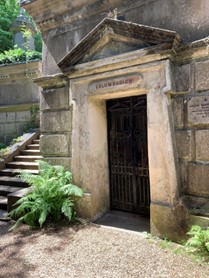
Highgate Cemetery Columbarium London UK
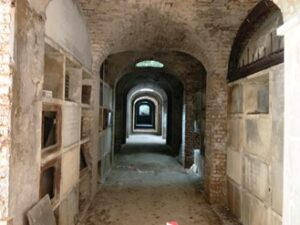
Highgate Cemetery Columbarium
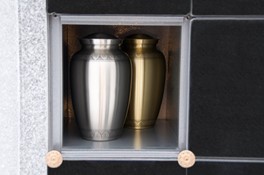
Features of a Cemetery Columbarium
Columbaria are distinguished by several unique features. These structures typically consist of multiple niches, each designed to hold an urn containing cremated remains. The materials used in constructing a columbarium range from marble and granite to modern composite materials like Nylene and inner aluminum frames, ensuring durability and aesthetic appeal. Architecturally, a columbarium can vary significantly, from simple, wall-mounted designs to elaborate, free-standing structures. Many columbaria also include spaces for plaques or memorials, allowing families to personalize the niches with inscriptions, photos, and other mementos.
Benefits of Choosing a Columbarium vs Mausoleum
There are numerous benefits to choosing a columbarium for a final resting place. One of the primary advantages is space efficiency. A Columbarium requires significantly less land than traditional burial plots, making them an environmentally friendly option. Also, they offer higher personalization, with families able to select niche locations, customize memorial plaques, and even incorporate elements such as vases or decorative porcelain photography or appliques. Often situated in serene landscape settings, a columbarium also provides a peaceful and respectful environment for remembering loved ones.
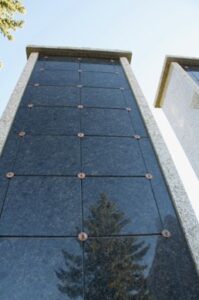
Columbarium vs. Mausoleum
What is the difference between a mausoleum and a columbarium?
A mausoleum is a structure that houses crypts for caskets and may include niches for cremation urns, providing above-ground entombment. A columbarium, however, is specifically designed to store cremated remains in small compartments called niches.
Columbarium
A columbarium is a structure specifically designed to hold cremated remains. The term “columbarium” can refer to a building, a wall, or a structure, which can sometimes be confusing. It consists of small compartments, known as niches, where urns containing the ashes are placed. Columbaria (plural form) can be found both outdoors and indoors, and they come in various shapes and styles to suit different aesthetic preferences and space requirements. Due to the trend towards cremation, outdoor columbarium gardens are rapidly gaining popularity.

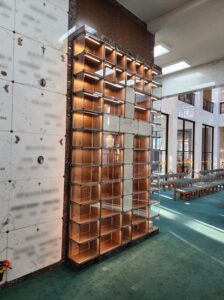
Mausoleum
A mausoleum, on the other hand, is typically a building or large structure that houses crypts for caskets and may also include niches for cremation urns. Traditionally, mausoleums provide above-ground entombment, appealing to those who prefer not to be buried underground. Mausoleums are often seen as grand and prestigious spaces, reflecting cultural and personal preferences for more elaborate memorialization.
3 Key Differences- Columbarium vs. Mausoleum
Purpose and Design: The primary function of a columbarium is to store cremated remains in an above-ground setting, whereas a mausoleum is designed to house both caskets and cremation urns.
Structure and Space: A columbarium focuses on compact niches for urns, influencing their design and space requirements. Mausoleums, being larger, accommodate full-sized crypts and may incorporate columbarium niches within the building’s design layout.
Cultural Perception: Mausoleums are often viewed as more prestigious due to their size and grandeur, while columbaria are relatively new to the North American cemetery landscapes and are seen as a specialized and unique option for those choosing cremation.
Making a Choice
The decision between a columbarium and a mausoleum often hinges on personal preferences, cultural traditions, and environmental considerations. With the increasing trend towards cremation, many families are considering columbaria for their loved ones. Whether you choose a columbarium for its simplicity and focus on cremation or a mausoleum for its grandeur and versatility, both options provide respectful and dignified ways to honor and remember the departed.
FAQ: Common Questions About Columbaria
Columbarium vs Mausoleum Summary
In summary, a columbarium within a cemetery landscape or a mausoleum offers a unique and efficient option for memorializing loved ones. By understanding the history, features, and benefits of columbaria, individuals can make informed decisions about their final resting places. This comprehensive overview highlights the distinctions between a columbarium and a traditional mausoleum, providing valuable insights for those considering this option. Columbarium USA is committed to helping cemeteries, institutions, and families navigate these choices whether they are seeking a personalized niche or family columbarium for a family member or whether they are looking to add columbarium niche inventory to a cemetery property, church, or institution.
Columbarium USA is a subsidiary of Sunset Stone LTD.

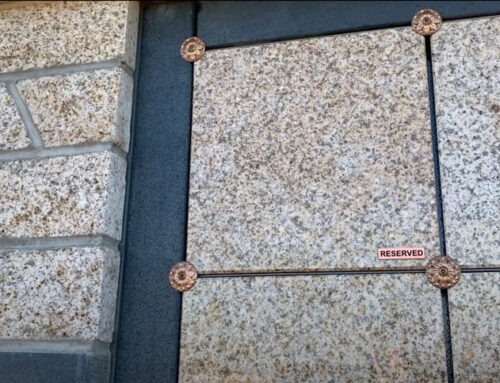
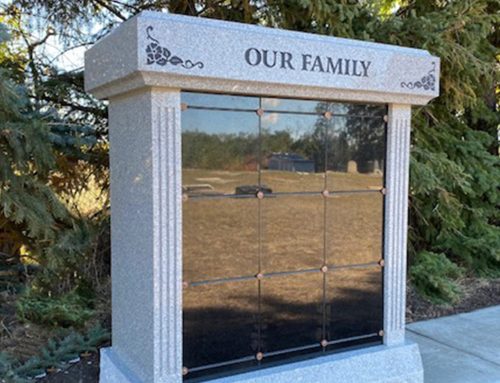
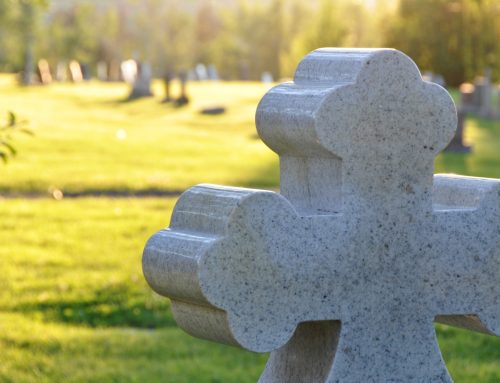
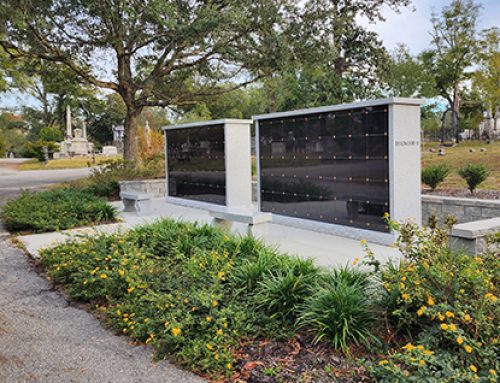
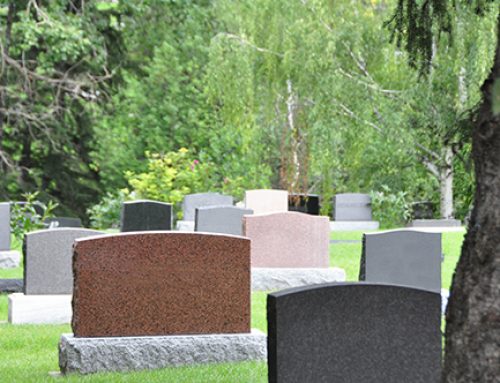
Leave A Comment
You must be logged in to post a comment.